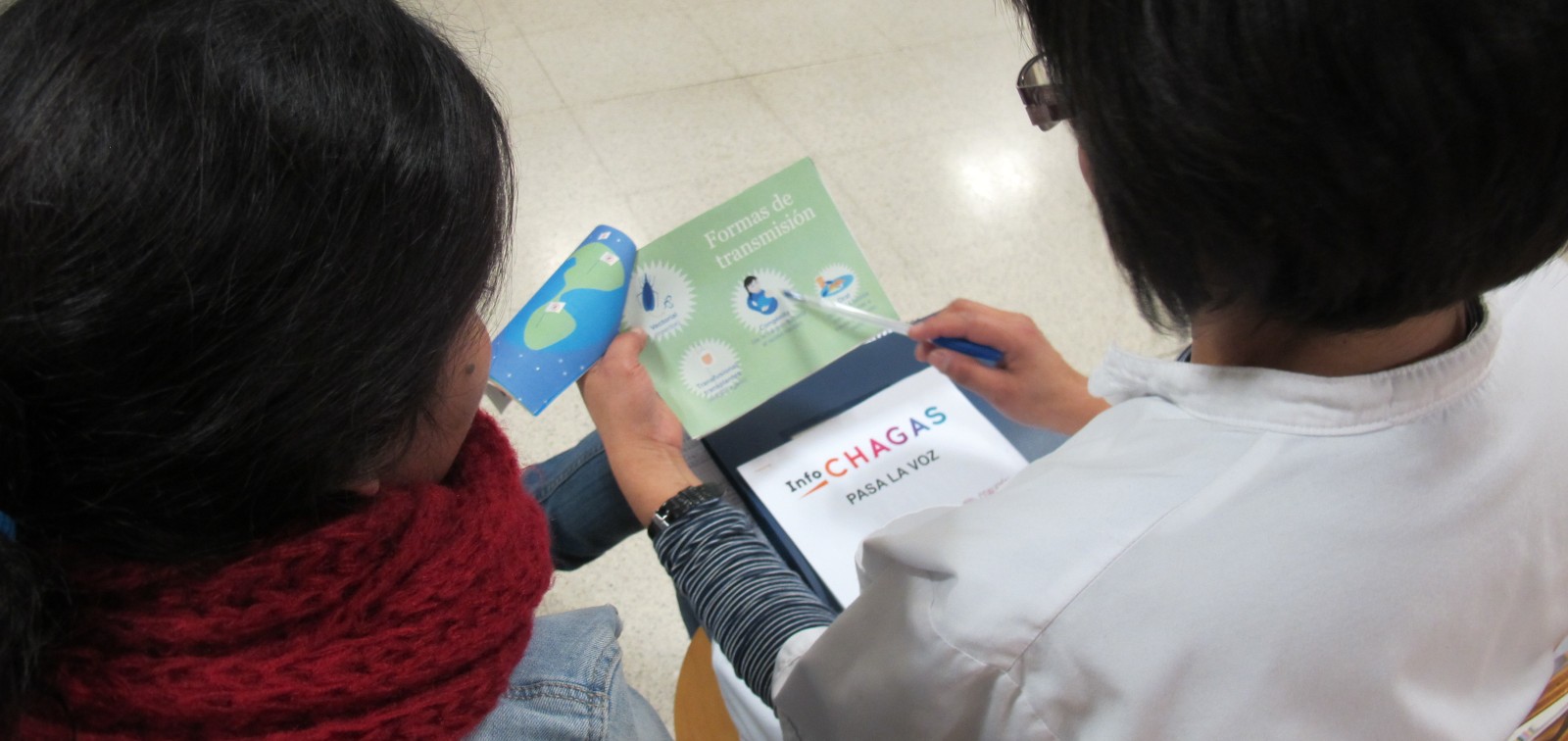Over 50,000 People in Spain Live With Chagas Disease, and More Than 70% Are Not Diagnosed or Treated
Antenatal screening campaigns in the different autonomous communities have increased the number of children diagnosed and treated, but many women of childbearing age remain undiagnosed and untreated, according to a new study
25.03.2022
Over 50,000 people in Spain live with Chagas disease, 613 of whom are children, according to estimates from an analysis led by the Barcelona Institute for Global Health (ISGlobal), a center supported by the "la Caixa" Foundation. These results, published in the journal Travel Medicine and Infectious Disease, confirm that Trypanosoma cruzi infection could be the most common imported parasitic disease in the country.
Chagas disease, an infection caused by the T. cruzi parasite, is endemic in 21 countries in Central and South America, where it is mainly transmitted through the bite of the vector (the kissing bug). However, due to migratory flows, the disease is now common in non-endemic areas, where it is mainly transmitted from mother to child (congenital Chagas disease) and, to a lesser extent, through blood transfusions or organ transplants.
Due to the high number of Latin American migrants, Spain is the country outside the Americas with the highest disease burden, although Chagas disease is also present in other European countries such as Italy and Switzerland. "Despite the risk of transmission, few countries have implemented adequate control measures in blood and organ banks, or in antenatal care services," explains Ana Requena, who leads the Migration and Health research line at ISGlobal. "But to do so, we need more accurate estimates of the real number of infected people", she adds.
In this study, Requena and her team used official data from various sources, collected between 2010 and 2018, to calculate, for each autonomous community in Spain, the number of Latin American migrants and their country of origin, the prevalence of the disease in the different migrant populations, and the number of patients treated for the disease.
The authors estimate that 55,367 of the 2.6 million migrants from endemic countries are living with T. cruzi infection, and more than half of the cases, 54%, are people coming from Bolivia, where the prevalence of the disease is very high. Moreover, of the nearly 800,000 migrant women of childbearing age, 23,382 of them were affected in 2018. This means that the rate of underdiagnosed individuals in Spain is high, around 70% (68% for women of childbearing age), although there are considerable differences between regions. These differences may be due to distinct policies in access to diagnosis and treatment, as well as in prenatal screening and awareness programs. The rate of undertreated individuals is also high: 82.5% for those over 15 years of age and 60% for those aged under 15.
"Thanks to the antenatal screening programs implemented in several communities, screening and treatment in children has improved considerably," says Requena. But the results of the study indicate that Spain remains a country with high prevalence of Chagas disease, in which a large number of people are underdiagnosed and undertreated. This is also true for women of childbearing age, who should be a priority group.
Reference
Miriam Navarro, Laura Reguero, Carme Subirà, Antonio Blázquez-Pérez, Ana Requena-Méndez. Estimating chagas disease prevalence and number of underdiagnosed, and undertreated individuals in Spain. Travel Med Infect Dis. 2022 Mar 2;47:102284. Doi: 10.1016/j.tmaid.2022.102284.




